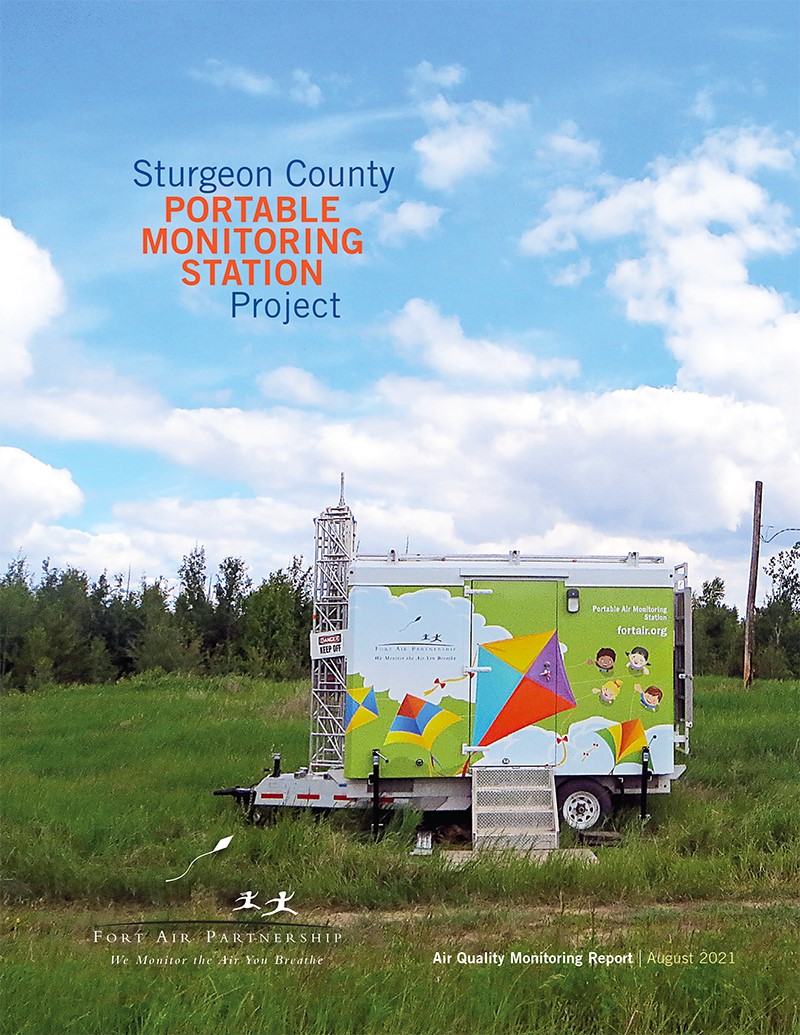Data collected during a nine month air monitoring project in Sturgeon County indicates that the air quality experienced by the residents in that area of Sturgeon County is of low risk to health the vast majority of the time.
In 2020, Fort Air Partnership (FAP) located its portable air monitoring station in rural Sturgeon County midway between the towns of Redwater and Gibbons. The station was located there to address an interest in local air quality expressed by residents in the area. The station operated from July 1, 2020 to March 31, 2021.
Since the AQHI is a measurement of air quality as it pertains to human health, substances that represent a standard suite of parameters for a community Air Quality Health Index (AQHI) station were monitored during the project period. The 98.5% low risk to health AQHI rating recorded at the station during the project period was a slightly higher percentage than three of the four FAP community stations used for comparison in the report. The AQHI at the portable station was in the moderate risk category less than 1.5 per cent of the time and less than one half of one per cent in the high risk category.
While in Sturgeon County, the portable station’s air monitoring results showed that:
- Particulate matter (PM5) levels compared well with those at other rural sites in FAP’s Airshed.
- Hydrogen sulfide (H2S) levels did not differ substantially from other FAP stations where H2S is monitored.
- Total hydrocarbons (THC) are made up of non-methane hydrocarbons (NMHC), which had the lowest annual average across the FAP network, and methane (CH4), which varied little from other FAP stations.
- Nitrogen Dioxide (NO2) levels were generally lower than levels recorded at other stations within FAP’s Airshed, especially during the winter months.
- Ozone (O3) levels did not differ substantially from levels recorded at other stations within FAP.
- Sulphur Dioxide (SO2) levels also did not differ substantially from levels recorded at other FAP stations.
There were three occurrences during the project where substance levels exceeded Alberta Ambient Air Quality Objectives. A one-hour hydrogen sulphide exceedance occurred on August 23, 2020 and was attributed to natural sources from wetlands near the portable station. There were also two one-hour particulate matter exceedances recorded on December 27, 2020, which occurred during a wintertime inversion event over the entire FAP region.

